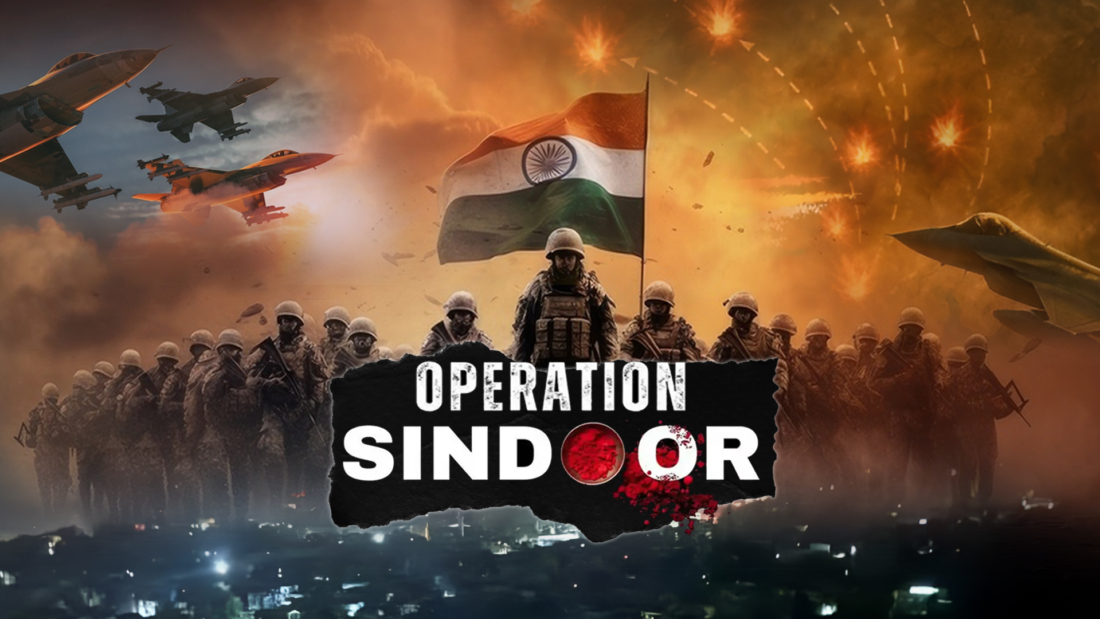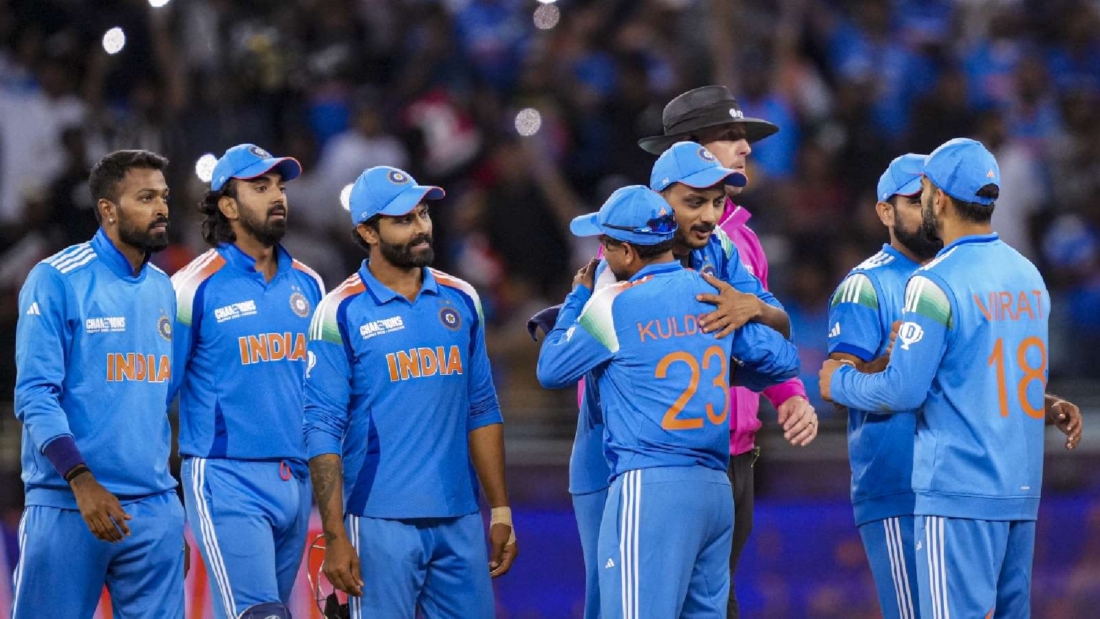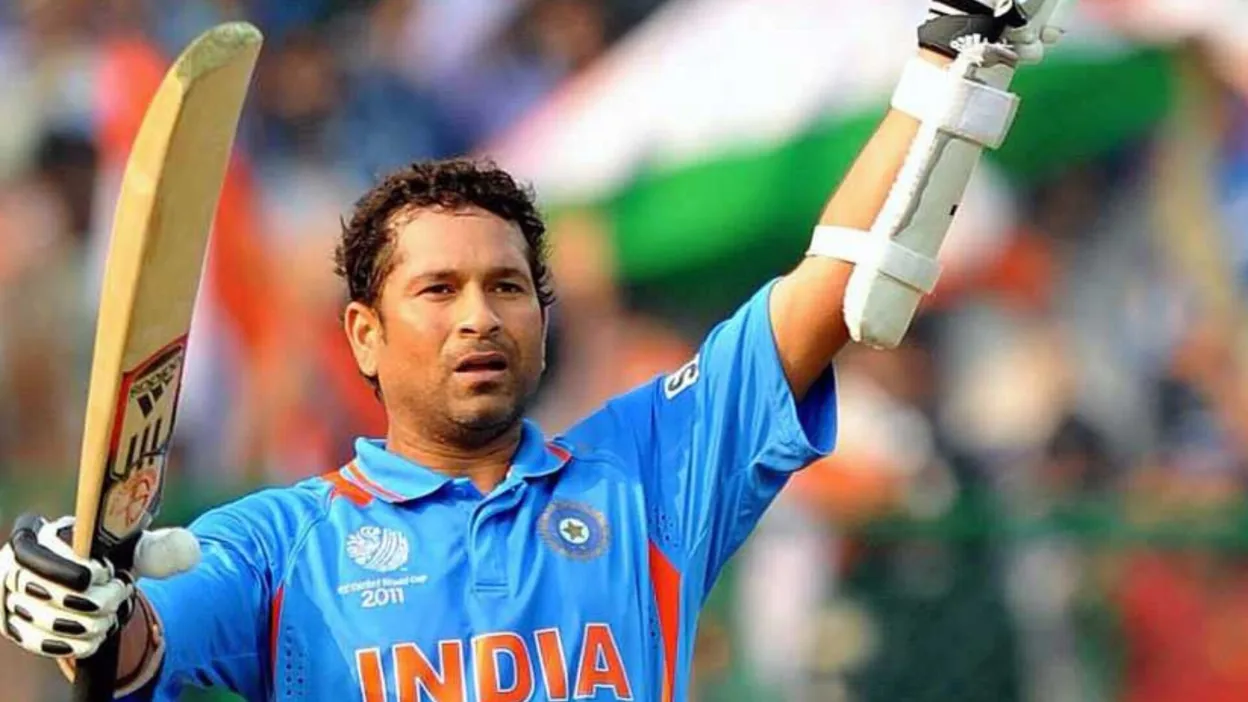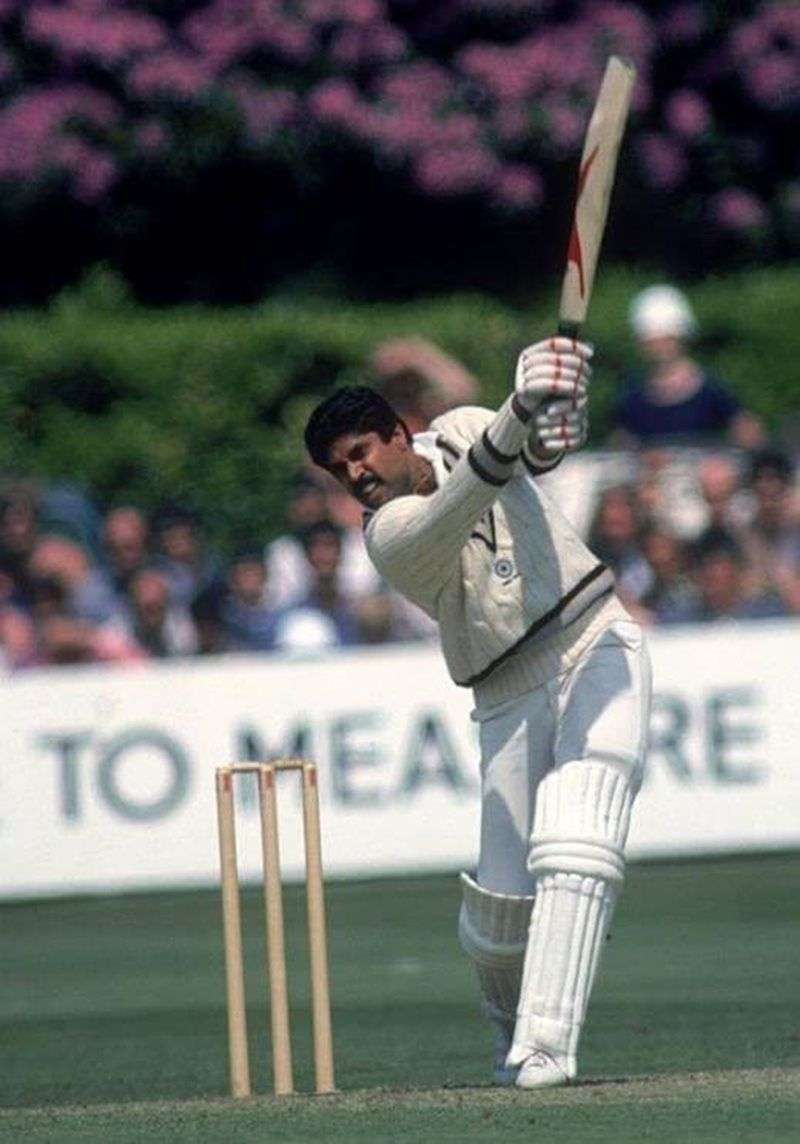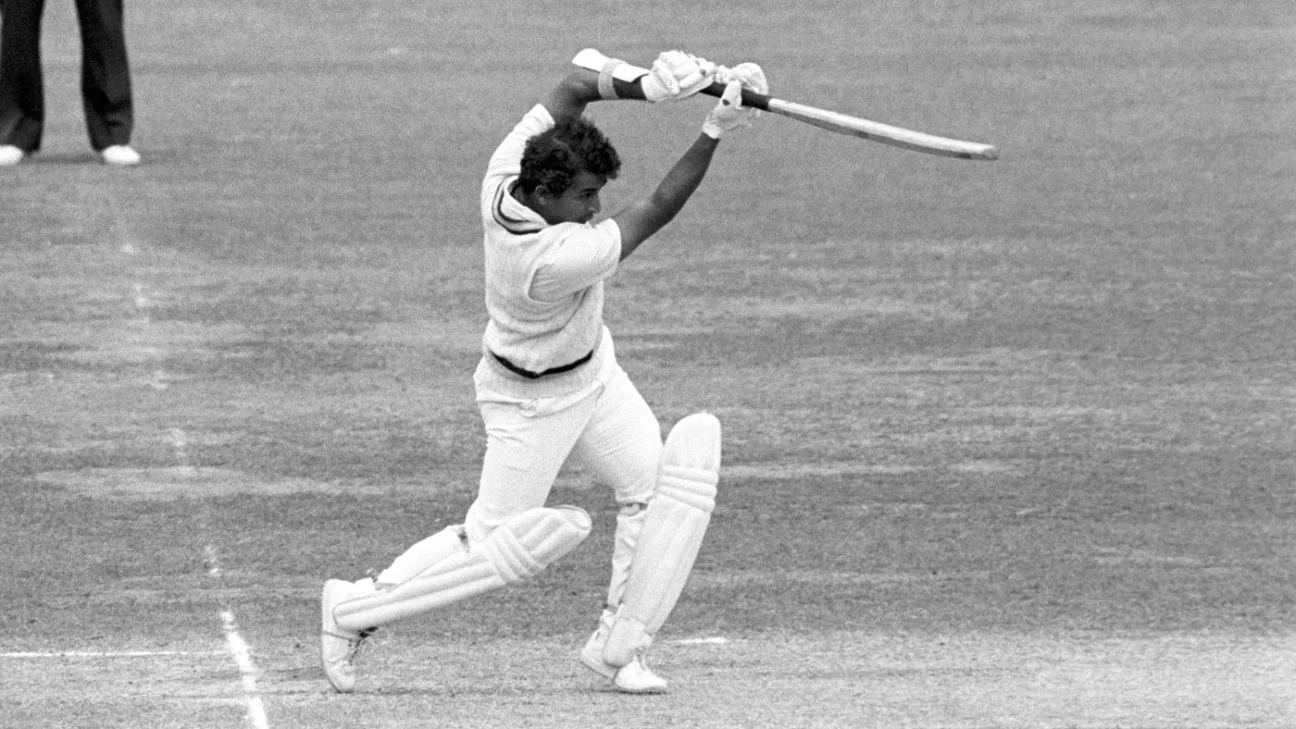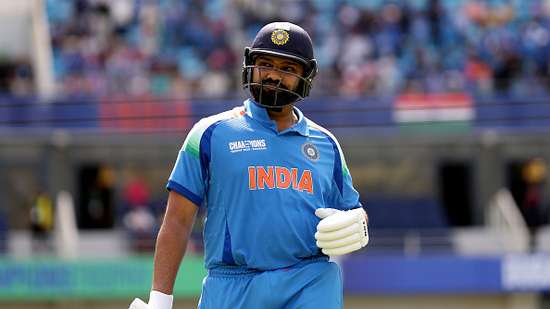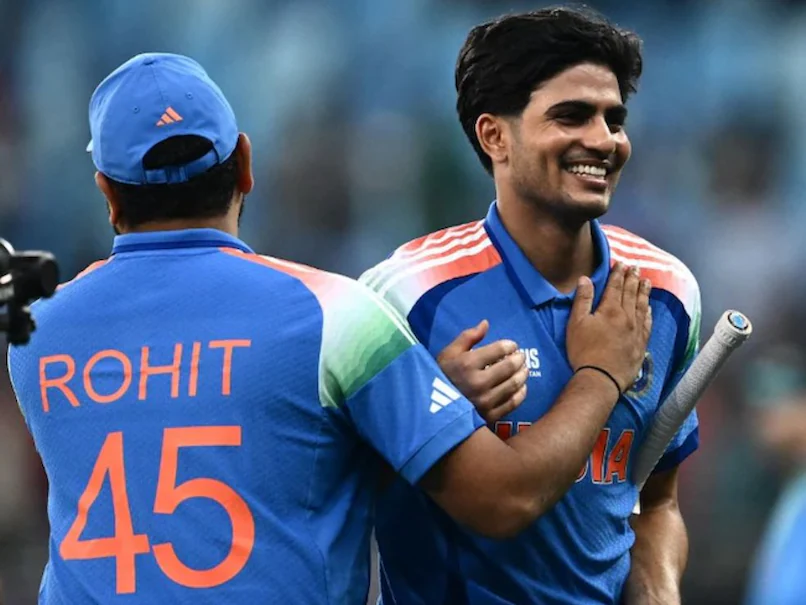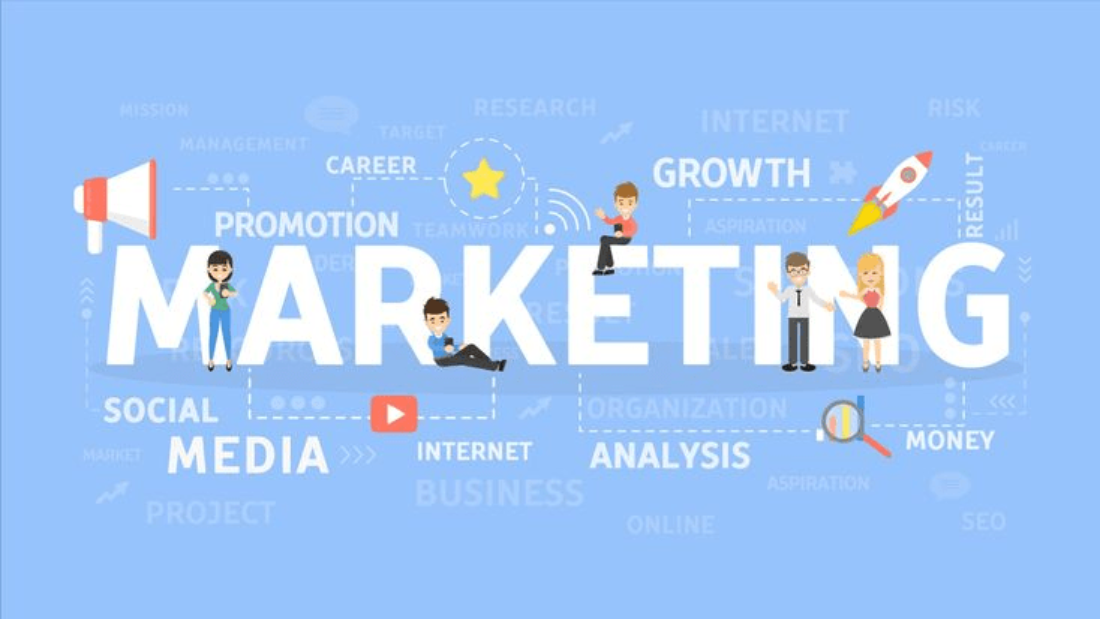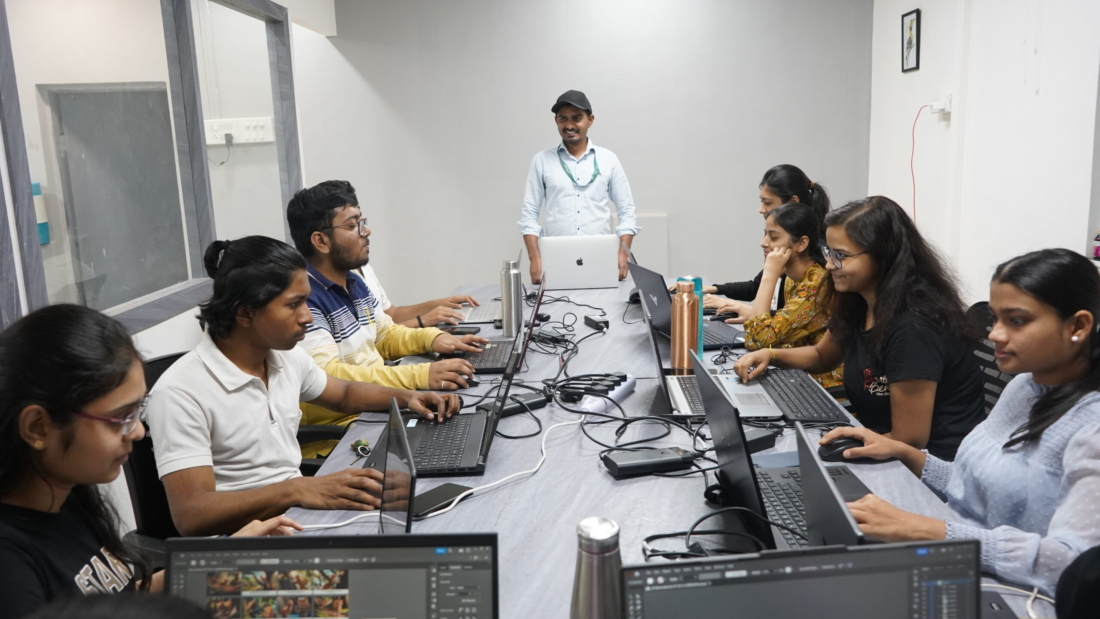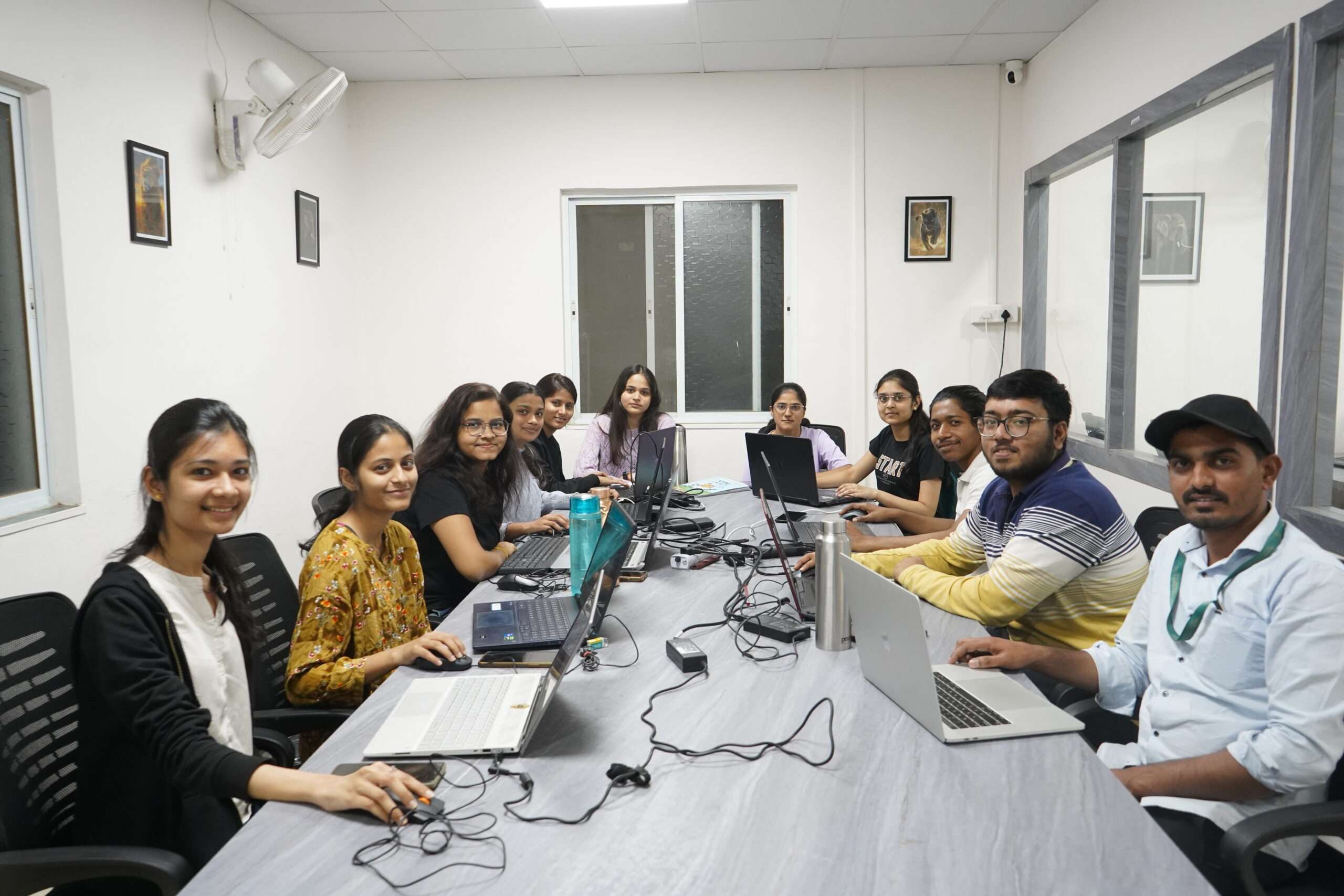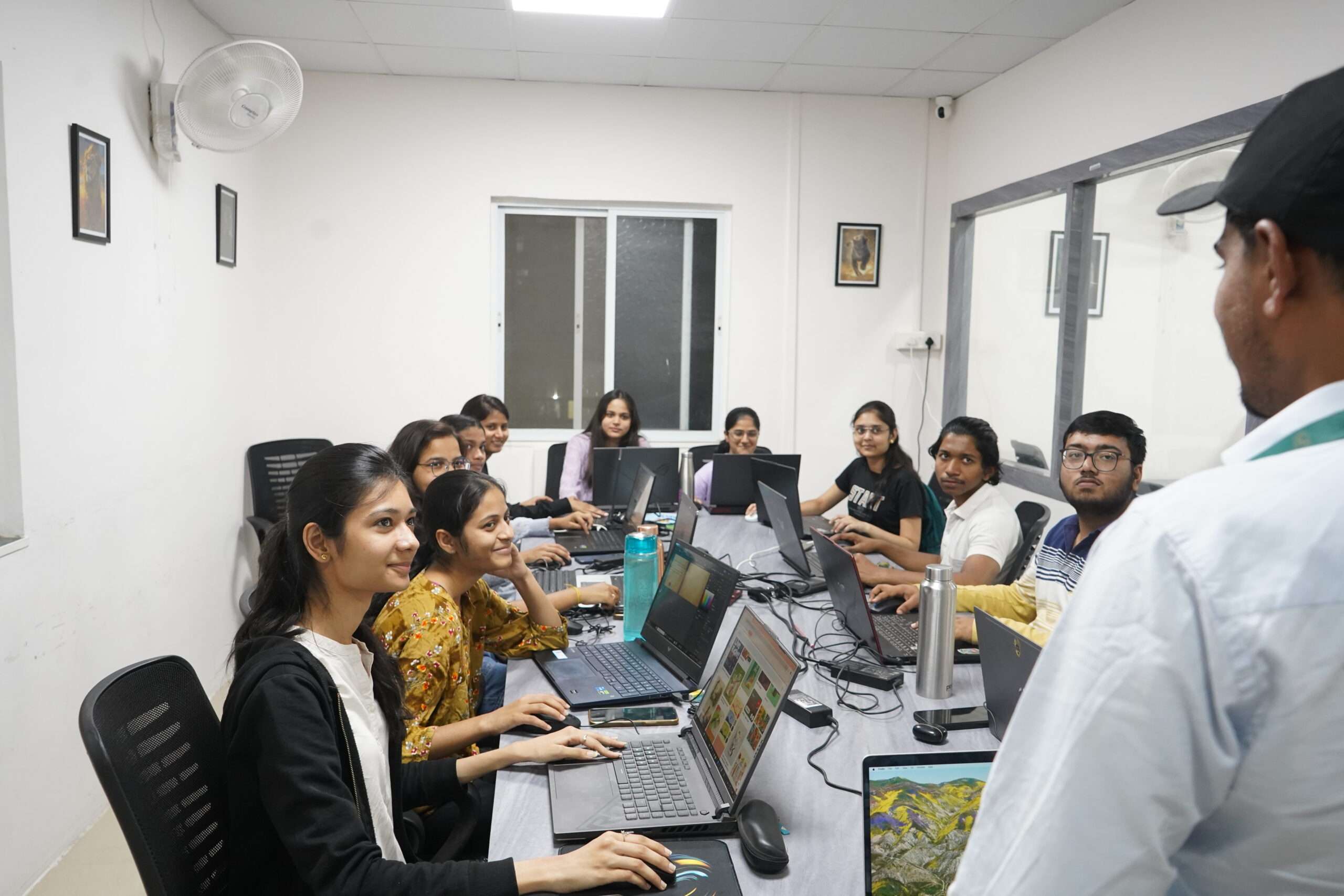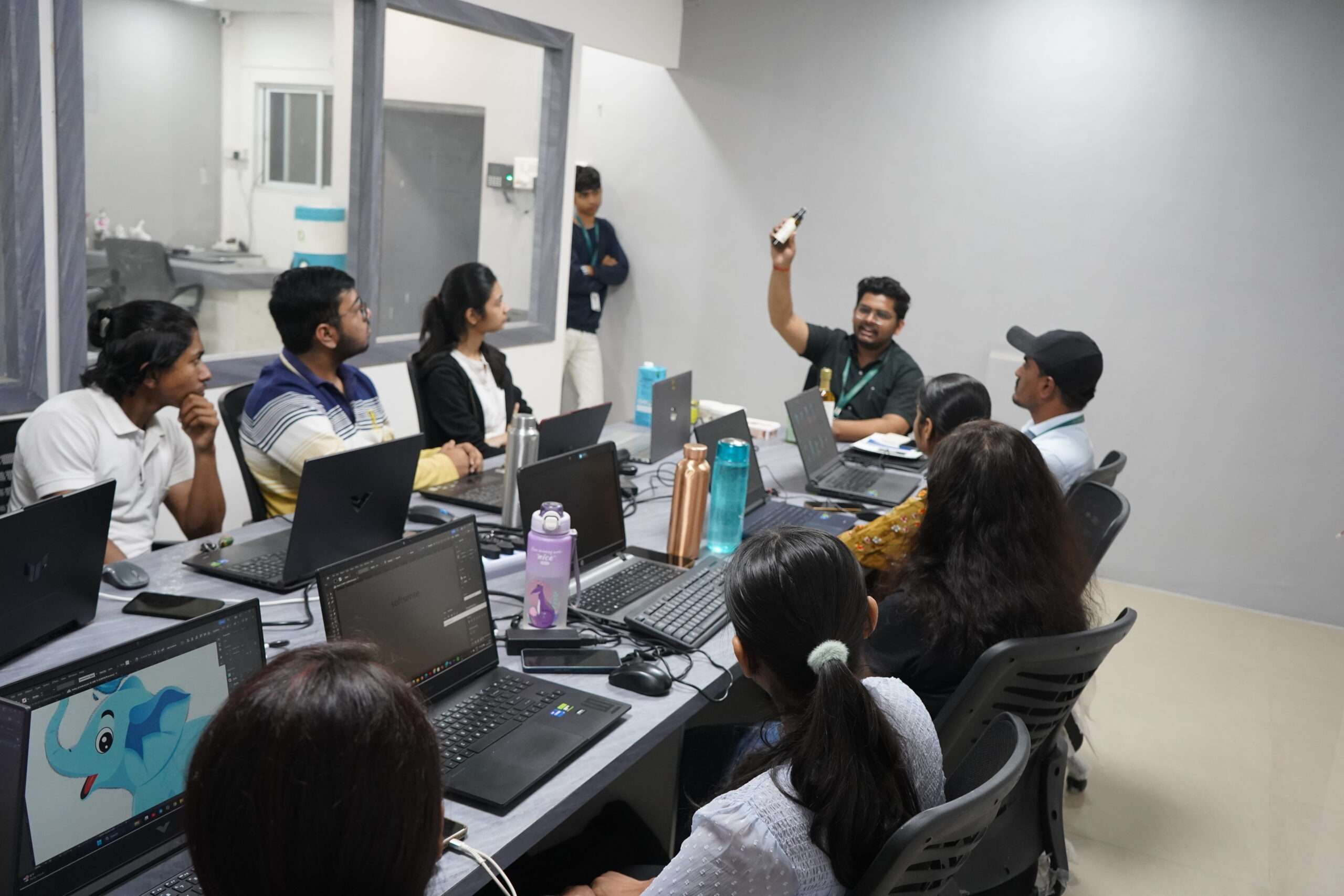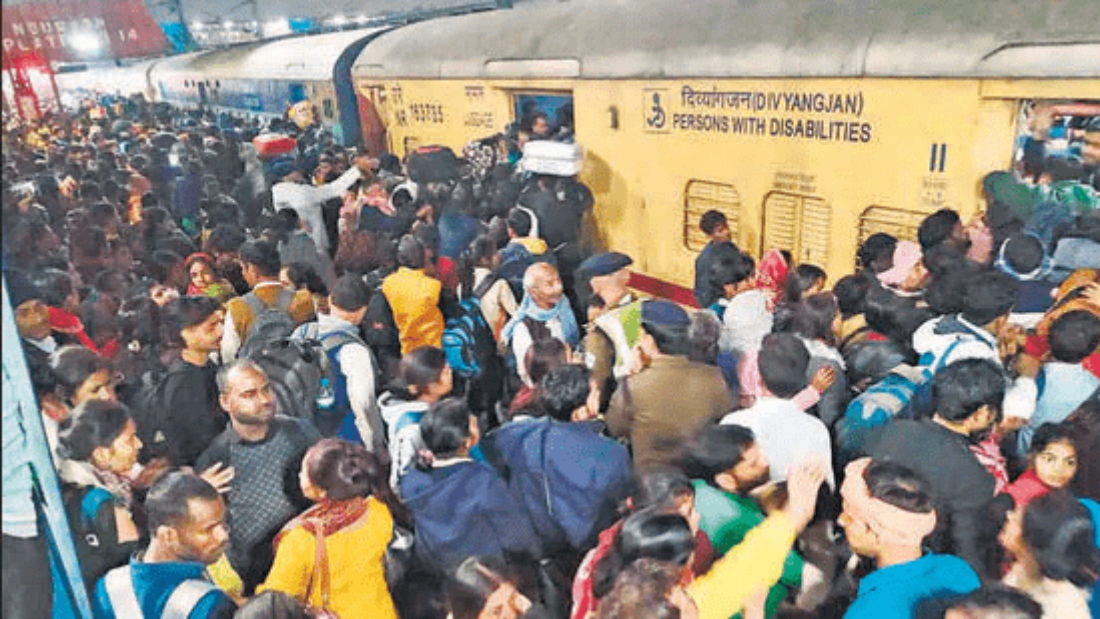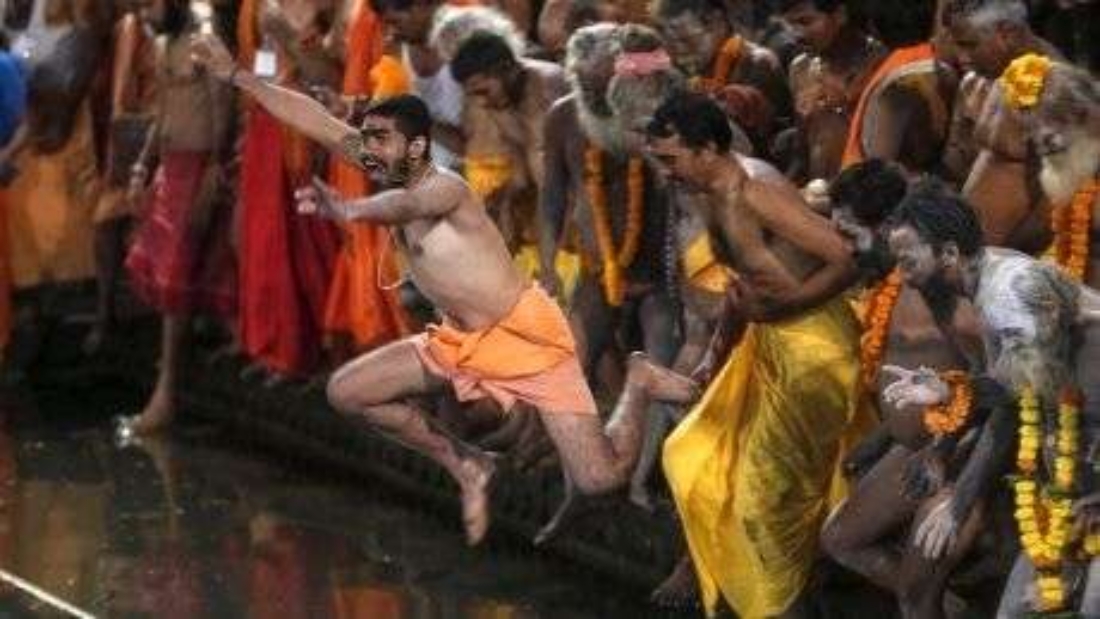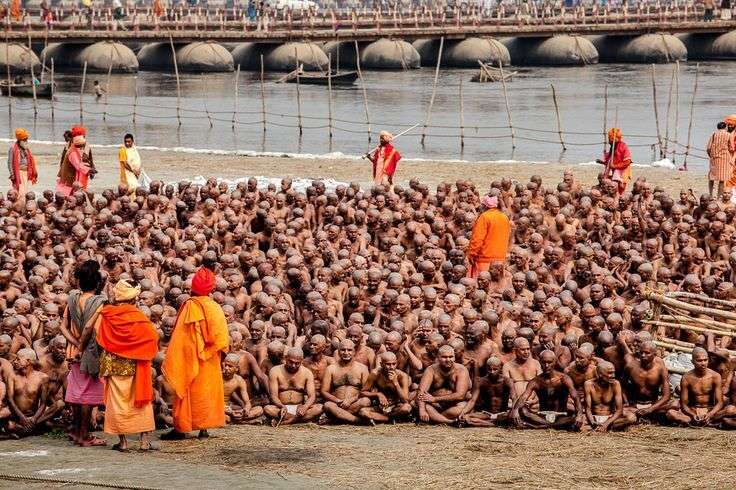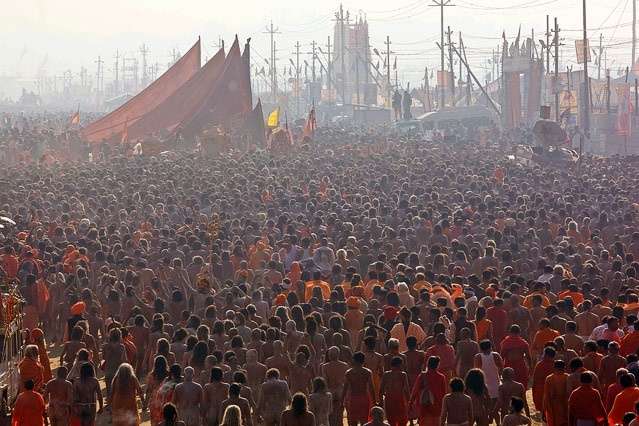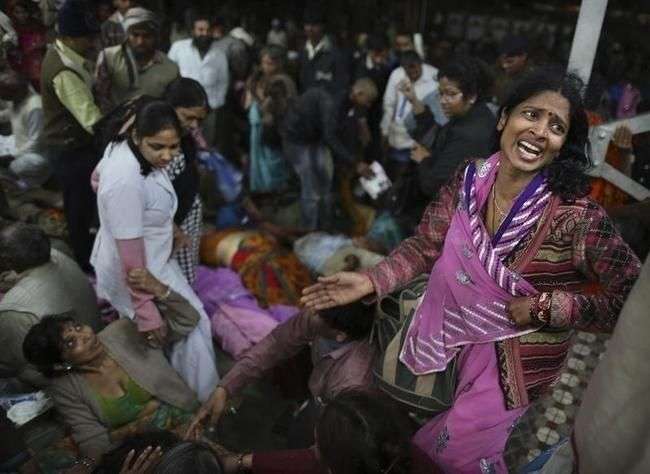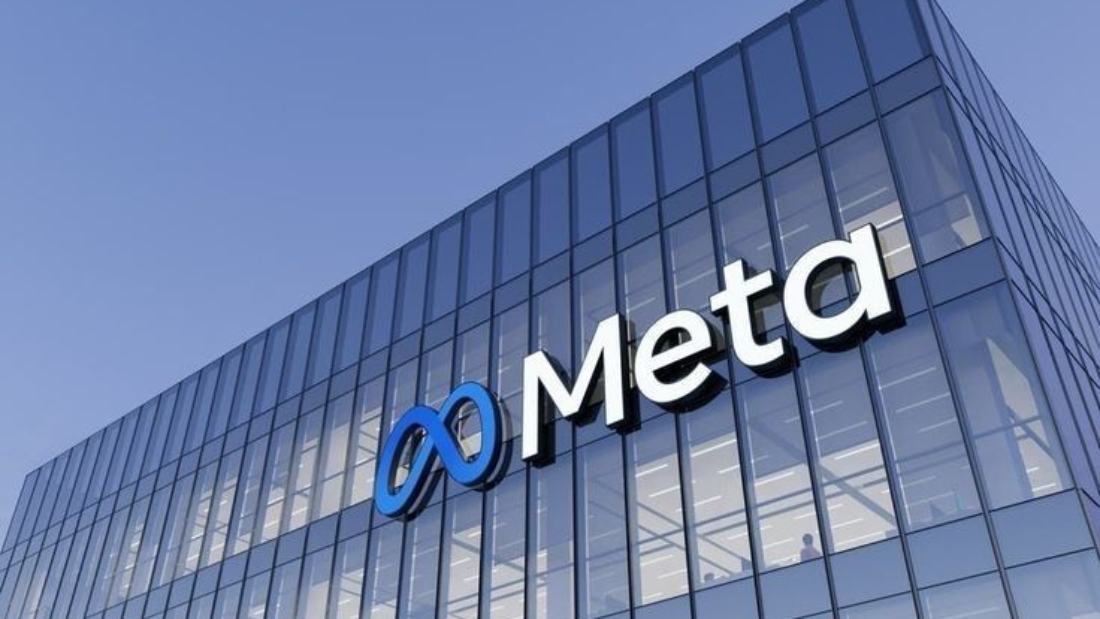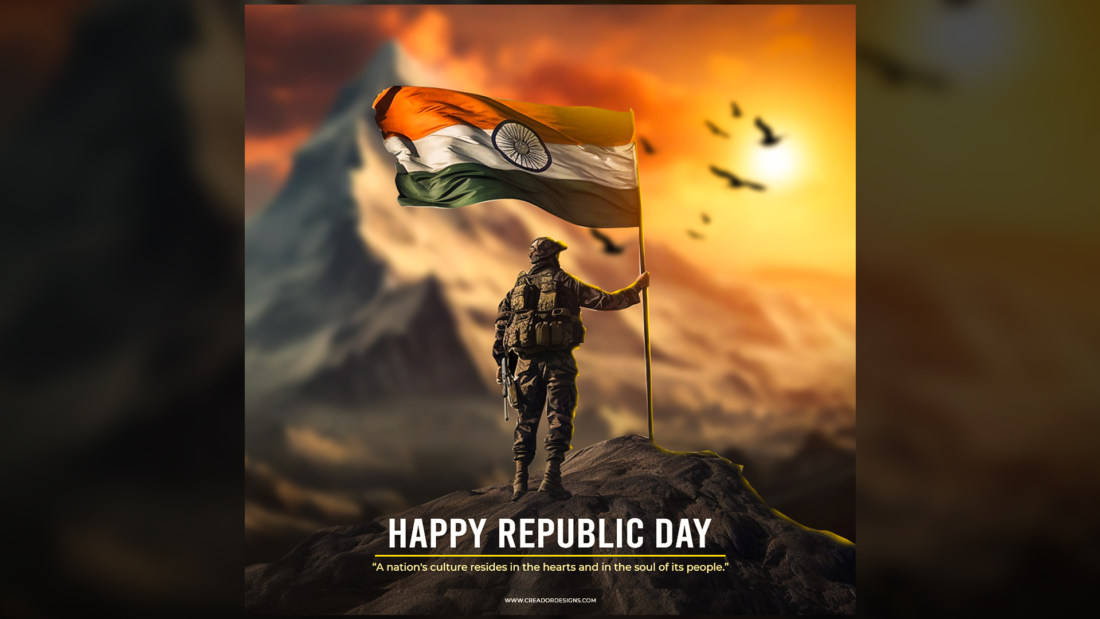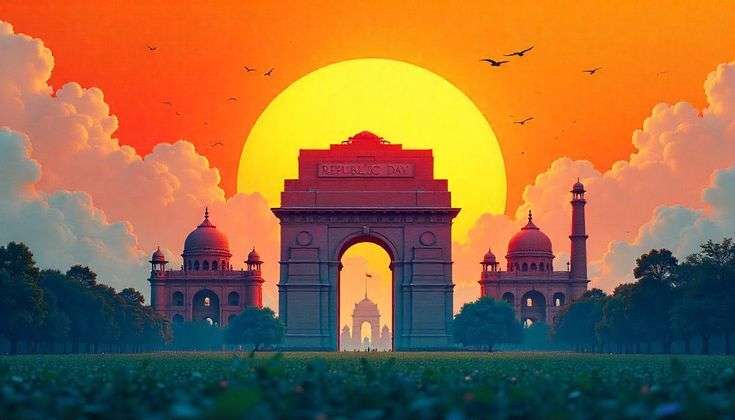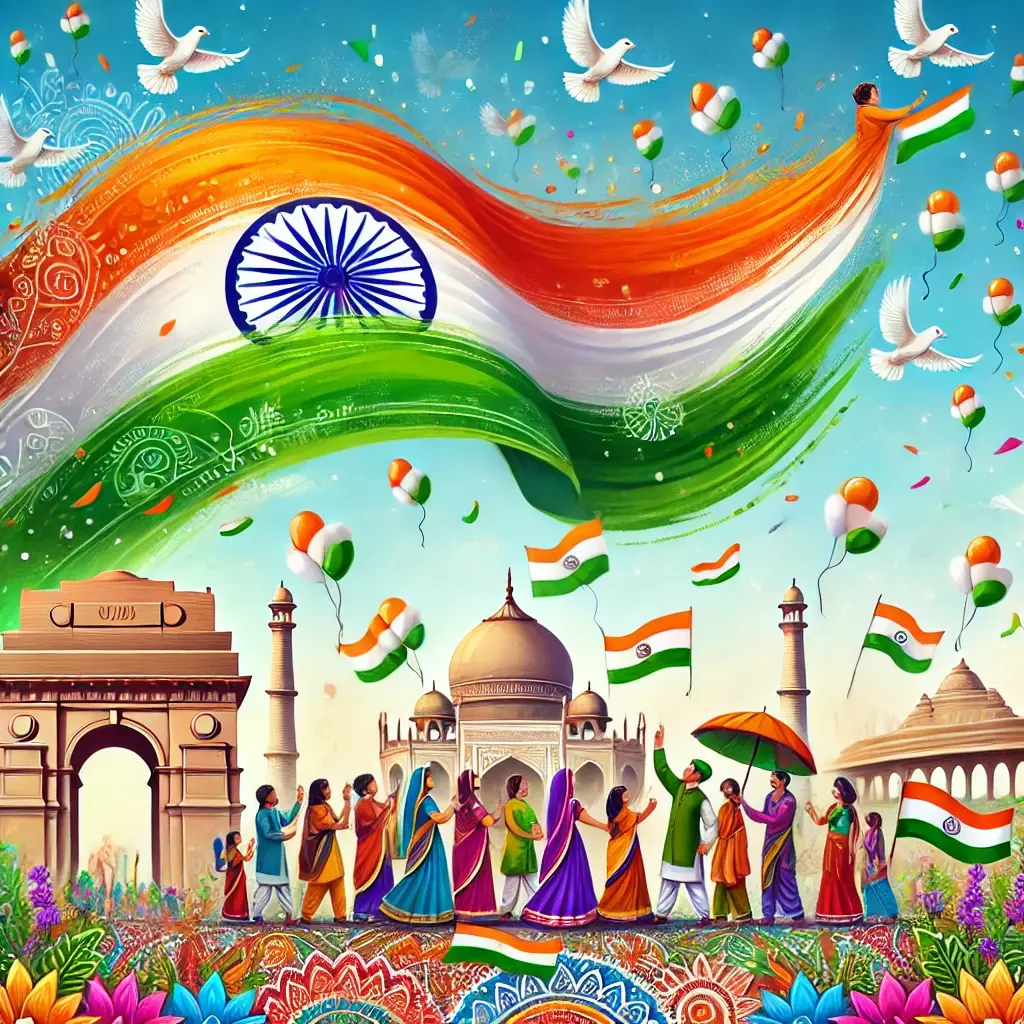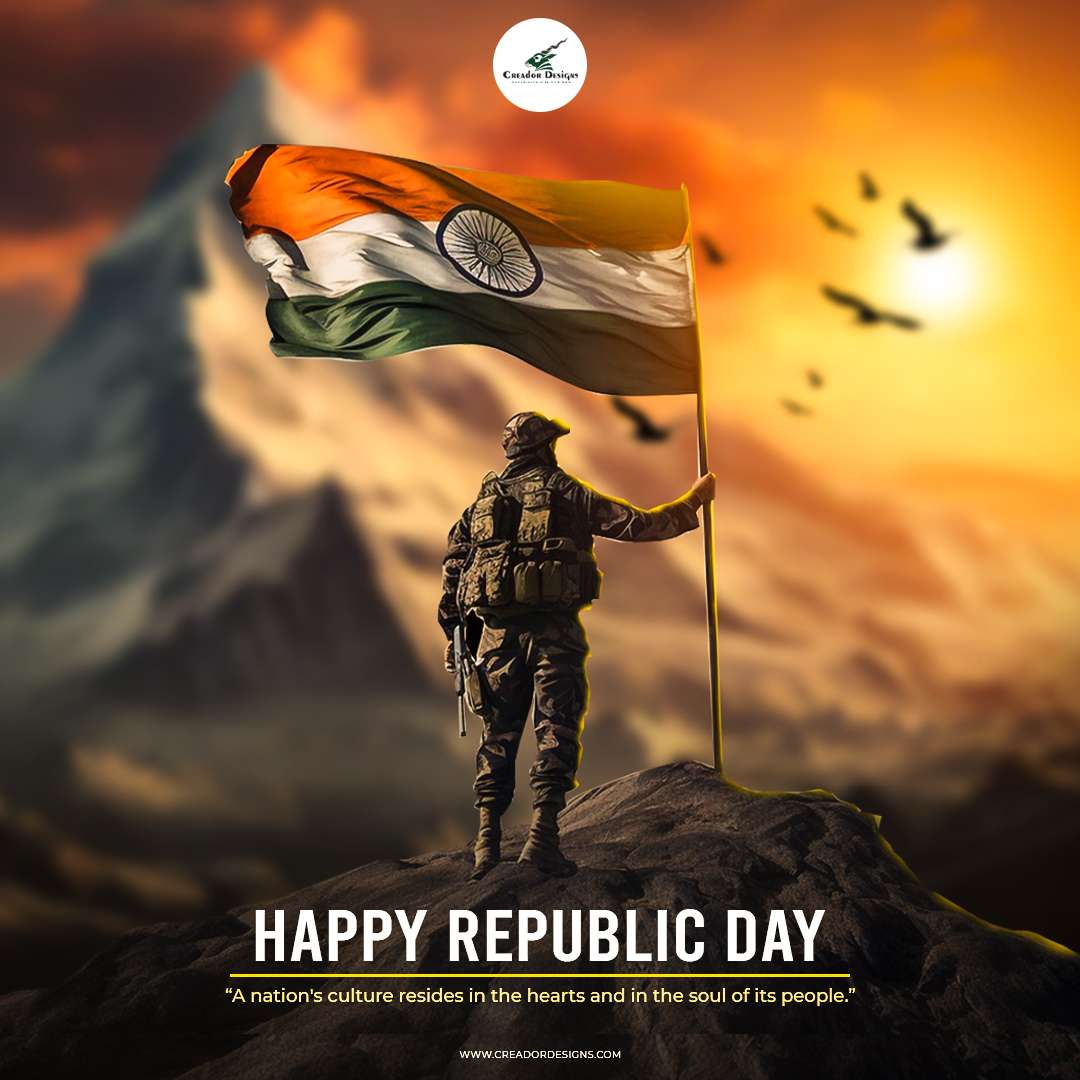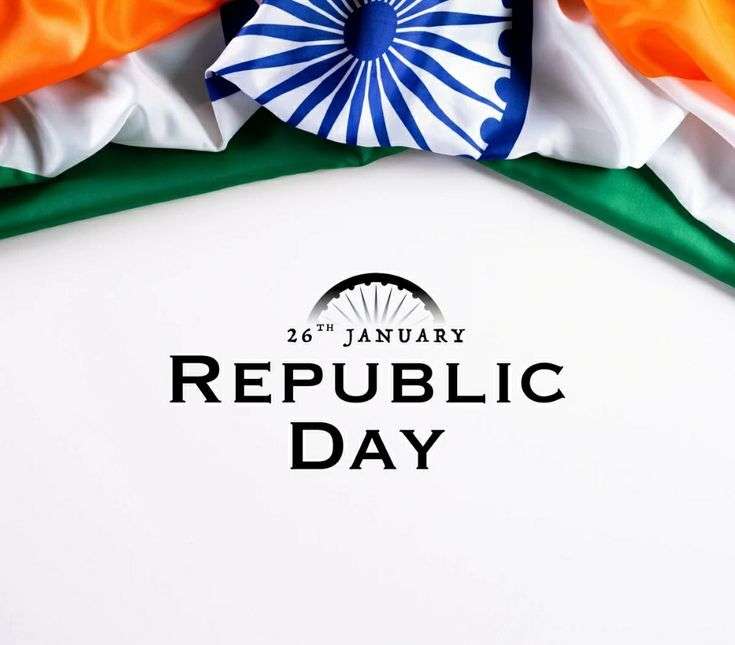In today’s competitive construction and interior design industry, a bold and cohesive brand identity can be the difference between being noticed and being forgotten. Vennar Buildscapes, a growing name in the architectural and interior space, recognized this early on. They partnered with Creador Designs to build not just structures—but a strong visual identity that could stand the test of time.
This case study explores the creative process, challenges, and execution behind the branding, stationery design, and website development for Vennar Buildscapes.
Client Overview: Vennar Buildscapes
Industry: Construction & Interior Projects
Location: Bangalore, India
Tagline: “Building Dreams With Vennar”
Services: Residential construction, interior design, architectural consultancy
Vennar Buildscapes focuses on creating thoughtful spaces with functionality, form, and finesse. However, their existing brand identity did not match their evolving vision and market presence.
The Brief
Vennar Buildscapes approached Creador Designs with a clear ask:
“We want to appear as modern, reliable, and structured as the spaces we build. Our branding should reflect confidence and trust, while remaining rooted in simplicity.”
The challenge?
Create a scalable, professional brand identity that works across multiple mediums—digital, print, and physical spaces.
Solutions Delivered by Creador Designs
1. Logo Design
The logo design was rooted in construction symbolism. Creador used a geometric structure that mimics a skyline or building silhouette with vertical lines—evoking steel strength, foundation, and upward vision.

Key features:
A deep royal blue symbolizes professionalism and trust.
The architectural form subtly resembles construction shapes.
Bold, modern typography with a tech-structured edge.
Tagline placement: “Building Dreams With Vennar” underlines the brand’s promise.
The final logo is both functional and aesthetic, perfect for on-site branding, corporate documents, and digital use.
2. Stationery Design
The stationery system was designed with a minimalist, executive feel—allowing the logo and brand colors to dominate.
Items Designed:
Letterhead
Business Cards
Envelopes
Pen and folder accents

Highlights:
Consistent use of brand color codes: #132A5E (Blue) and #E19C38 (Gold)
Smart usage of white space to create a premium look
Functional layouts with high readability
Contact information placement is clean and accessible
The stationery gives a high-end corporate feel while staying relevant to the design & construction industry.
3. Website Design & Development
Creador Designs developed a fully responsive, SEO-optimized, and visually immersive website for Vennar Buildscapes.
Website Features:
Homepage: Clear introduction, hero image of projects, brand statement
Interior & Exterior Projects Pages: High-quality gallery views with lightboxes
Style Guide Section: Educative approach showing design styles and inspirations
Contact Page: Easy-to-use form + Google Maps integration
Sticky Footer: Brand logo, services, links, and contact details

Tech Stack Used:
WordPress CMS for easy content updates
Custom-coded sections for performance
Lightweight animations and transitions
The site acts as a digital showroom, giving users an instant sense of trust and professionalism.
Challenges Faced
Unifying Brand Personality: Vennar Buildscapes had never used a defined style guide before. Aligning offline and online experiences took strategic branding insight.
Visual Hierarchy: Balancing the heavy construction symbolism with clean, modern layouts without feeling too cold or too ornamental.
Content Structuring: Making sure architectural visuals did not overshadow textual storytelling—and vice versa.
Results & Impact
✅ Increased perceived brand value within real estate clients
✅ Better onboarding experience through branded documents and website
✅ Professional differentiation in a highly competitive market
✅ Positive internal brand alignment for employees and partners
Client Feedback
“Creador Designs understood what we needed even better than we did. Every piece of the branding—from the letterhead to the last line of our website—feels like us. We’re confident presenting our company now, knowing we look as solid as we build.”
— Team Vennar Buildscapes
Conclusion: A Foundation of Design
Vennar Buildscapes is more than a construction company—it’s a brand that builds dreams. Through its partnership with Creador Designs, it has now laid a visual foundation that speaks volumes about its values, quality, and vision.
Whether you’re in architecture, real estate, or interiors, branding matters. A well-executed identity creates emotional and psychological trust—something Vennar Buildscapes now benefits from every day.
Thinking of Revamping Your Brand?
Partner with Creador Designs for powerful branding, custom websites, and marketing assets that leave a lasting impression.







